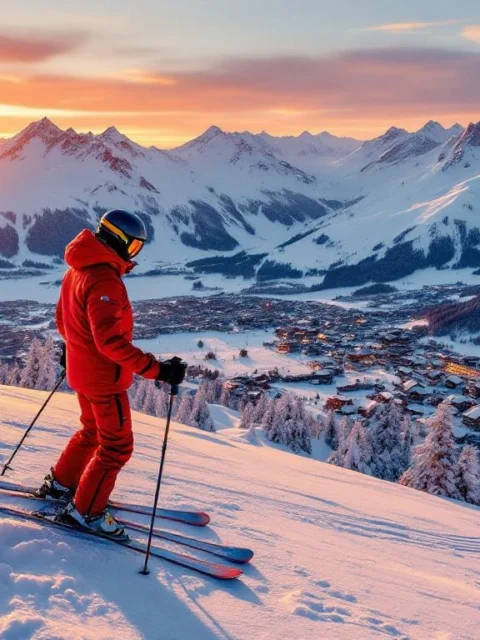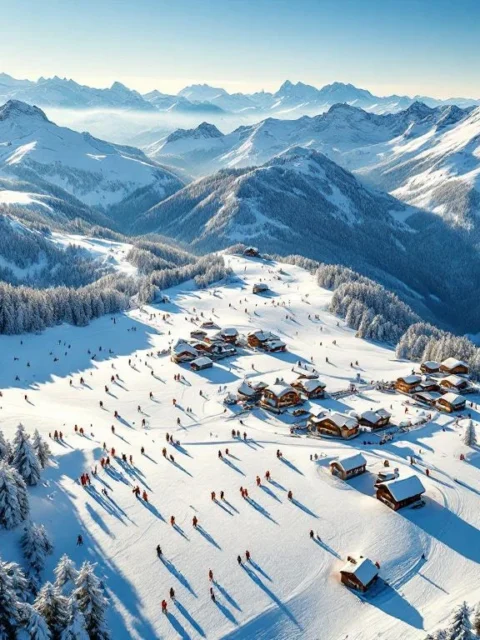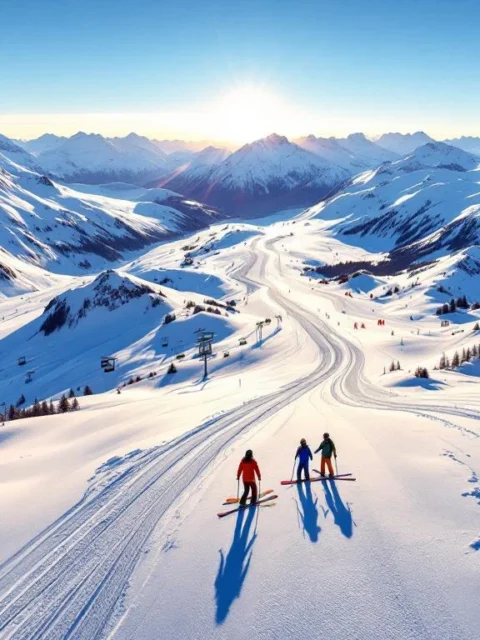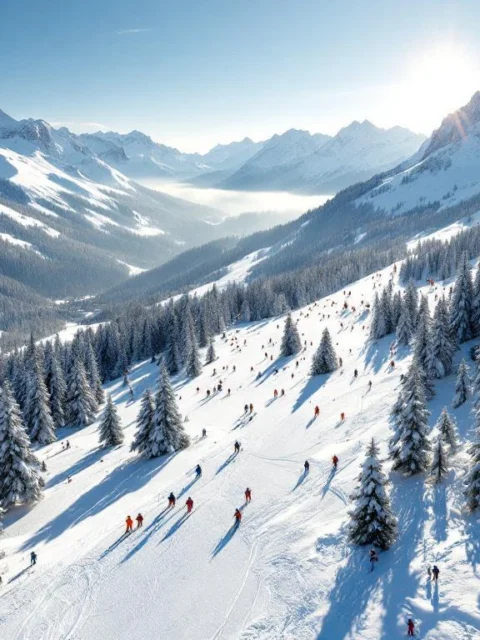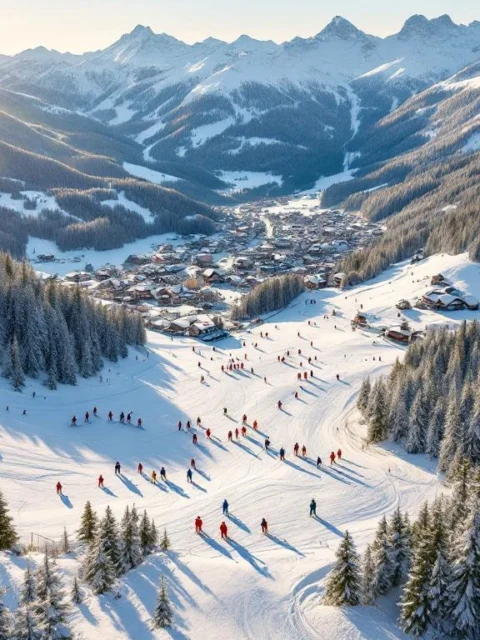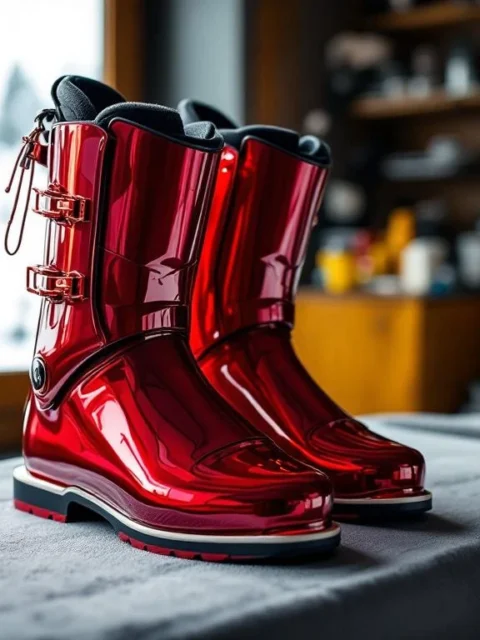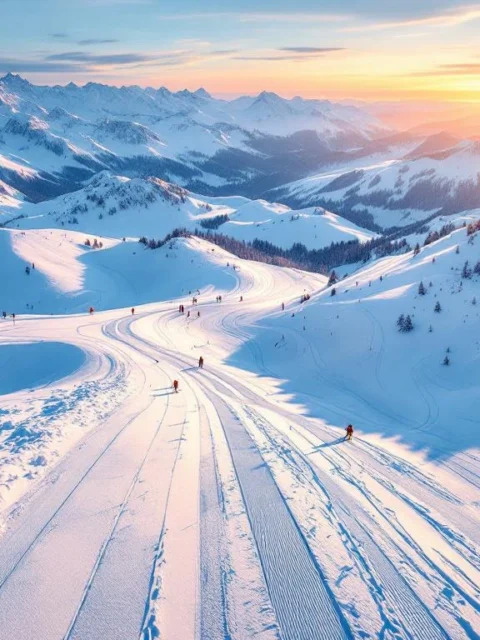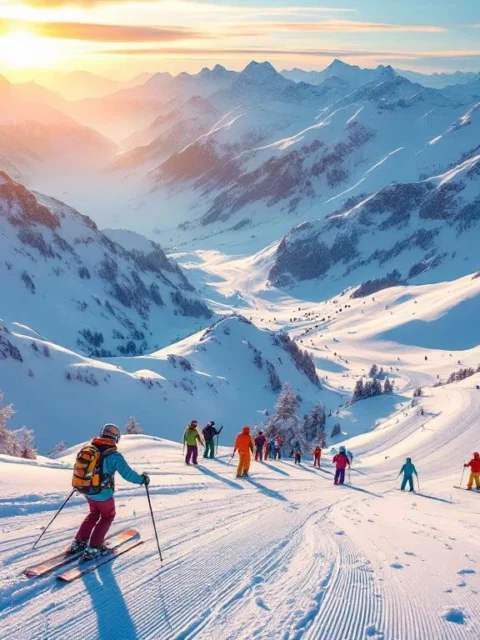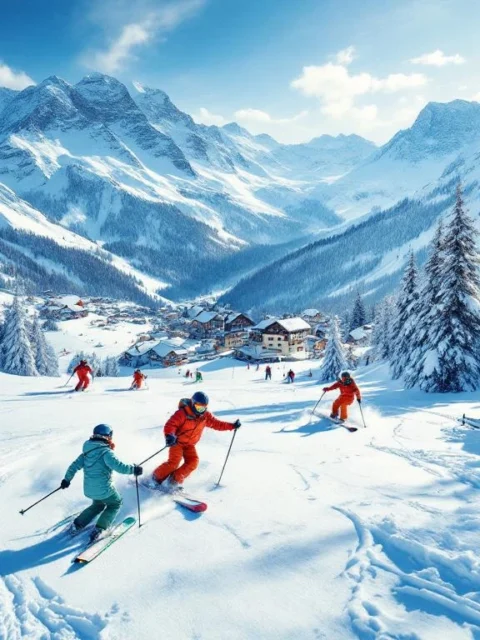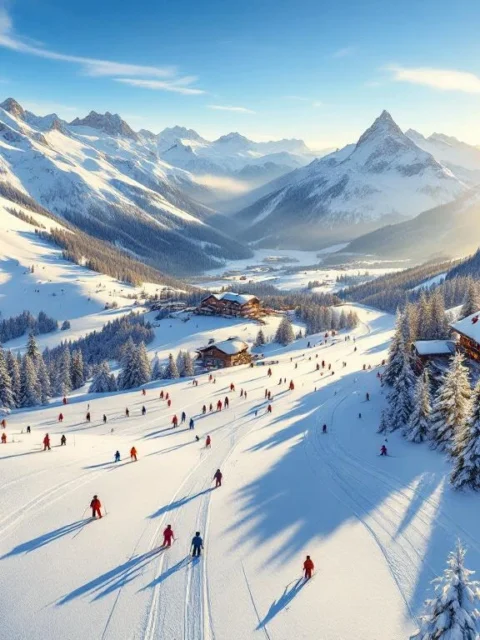Where is snow guaranteed in March?
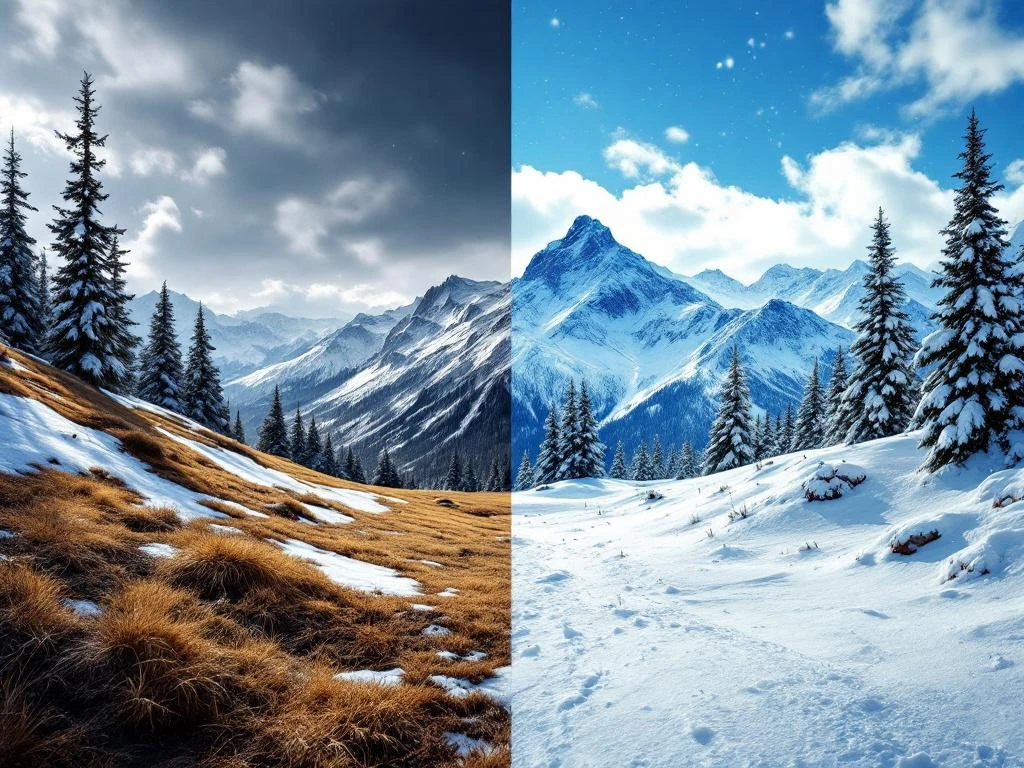
For snow-sure skiing in March, you should primarily focus on high-altitude ski resorts above 2000 meters and glacier ski areas in the Alps. March is a challenging transitional month when temperatures rise, but the right location with north-facing slopes and artificial snow facilities still offers excellent snow conditions for your March winter sports adventure.
Why is March a challenging month for snow reliability?
March represents the transition period between winter and spring, making March snow conditions often unpredictable. Temperatures begin to rise, especially in lower areas, which directly affects snow quality and the melting process.
The challenges of March lie primarily in the changing weather conditions. During the day, temperatures can rise above freezing, while frost still occurs at night. This creates a cycle of melting and freezing that affects the snow structure.
Altitude becomes crucial in March for reliable snow conditions. For every 100 meters of elevation difference, the temperature drops an average of 0.6 degrees Celsius. This means that ski resorts at different altitudes can have drastically different snow conditions, even within the same resort.
What altitude do you need for snow reliability in March?
For reliable snow in March, you need a minimum of 1800-2000 meters altitude, but above 2500 meters, the March snow guarantee becomes significantly better. This altitude ensures that temperatures remain below or around freezing throughout the day.
North and south-facing slopes make a big difference in March. North-facing slopes receive less direct sunlight and therefore maintain their snow quality longer. South-facing slopes can become soft early in the morning due to strong solar radiation.
In different Alpine regions, the minimum altitudes vary:
- Austria: 2000+ meters for optimal conditions
- Switzerland: 1900+ meters, depending on the region
- France: 2100+ meters in the southern Alps
- Italy: 2200+ meters for consistent snow
What are the best high-altitude ski resorts for March?
The best March ski resorts are located above 2000 meters altitude and offer extensive high-altitude slopes. These March alpine ski areas combine natural snow with advanced artificial snow systems.
Top choices in Austria include Sölden (3340m), Stubai Glacier (3210m), and Kitzsteinhorn in Kaprun (3203m). These areas offer excellent snow conditions well into spring.
Switzerland excels with Zermatt (3883m on the Klein Matterhorn), Saas-Fee (3600m), and Engelberg-Titlis (3238m). These resorts are known for their reliable March snow guarantee.
France offers fantastic options such as Val Thorens (3230m), Tignes (3456m), and Les Deux Alpes (3600m). These ski areas benefit from their exceptional altitude and modern lift infrastructure that provides access to the highest slopes.
Why are glacier ski areas the most reliable choice in March?
March glacier skiing offers the highest snow reliability because glaciers form natural snow reservoirs that are less sensitive to temperature fluctuations. Snow quality on glaciers remains consistent, even when lower areas are already beginning to melt.
Accessible glaciers for March skiing include the Pitztal Glacier in Austria, the Diavolezza in Switzerland, and the Grande Motte in Tignes, France. These glaciers offer skiing up to 3400+ meters altitude.
The difference between glacier and regular slopes becomes clearly visible in March. While regular slopes can become softer due to solar radiation, glacier slopes maintain their firm base and powdery top layer.
Practical considerations with glacier ski areas include more limited terrain variety and possible weather dependency of lifts at extreme altitudes. Additionally, glaciers can be somewhat heavier to ski in the afternoon due to softer snow.
How do you choose the right ski resort for your March vacation?
Selecting snow-sure destinations for March requires a strategic approach where you combine multiple factors. Start by checking the average altitude of the ski resort and the highest lift access.
Important selection criteria include:
- Northern exposure of main slopes
- Extensive artificial snow facilities
- Recent snowfall history
- Access to glacier skiing
- Flexible cancellation conditions
Weather forecasts become crucial for March planning. Check long-term forecasts and account for possible temperature increases. Platforms like ours help you compare different ski resorts and their current snow conditions.
Booking strategies for March include reserving accommodation with flexible conditions and selecting ski resorts with guaranteed high-altitude slopes. Our comparison tool lets you view more than 250 ski schools in reliable Alpine destinations.
Essential tips for a successful March ski vacation
A successful March winter sports experience begins with realistic expectations and smart planning. Focus on high-altitude areas, plan your ski days early in the morning when snow conditions are optimal, and always have a backup plan ready.
Practical advice for March skiing:
- Start early (8:00-12:00) for best snow quality
- Choose north-facing slopes in the afternoon
- Pack sun protection due to intense UV radiation
- Book flexible ski instruction that can adapt to conditions
We specialize in matching winter sports enthusiasts with experienced instructors in snow-sure areas. Our network of 250+ ski schools in the Alps means you always have access to local expertise that knows the best slopes and times for March conditions.
The key to a great March ski vacation lies in flexibility and choosing the right location. With our help, you’ll not only find the perfect ski resort but also the ideal instructor who can improve your skills, regardless of the challenges that March brings.


